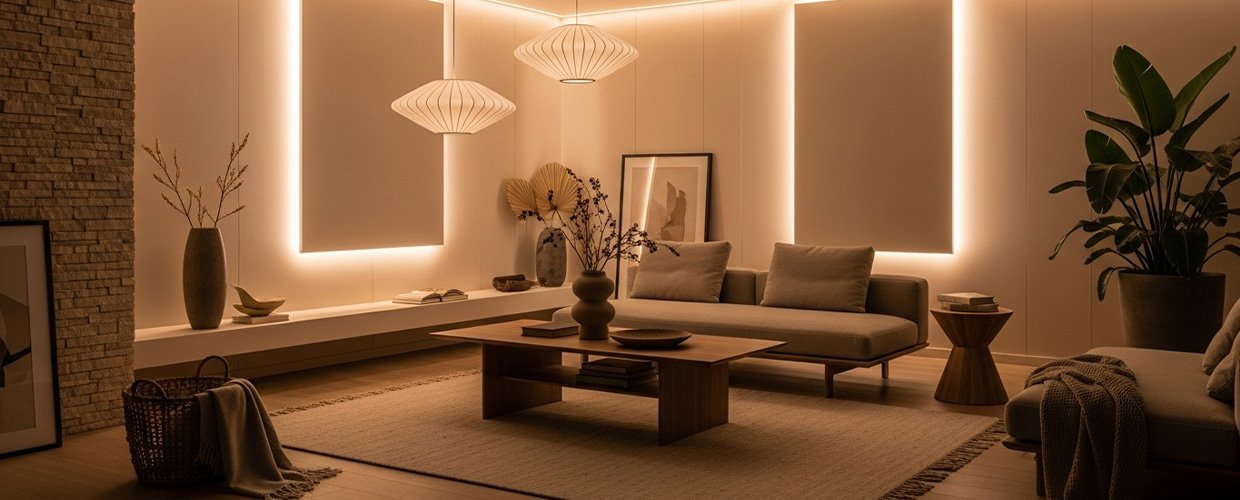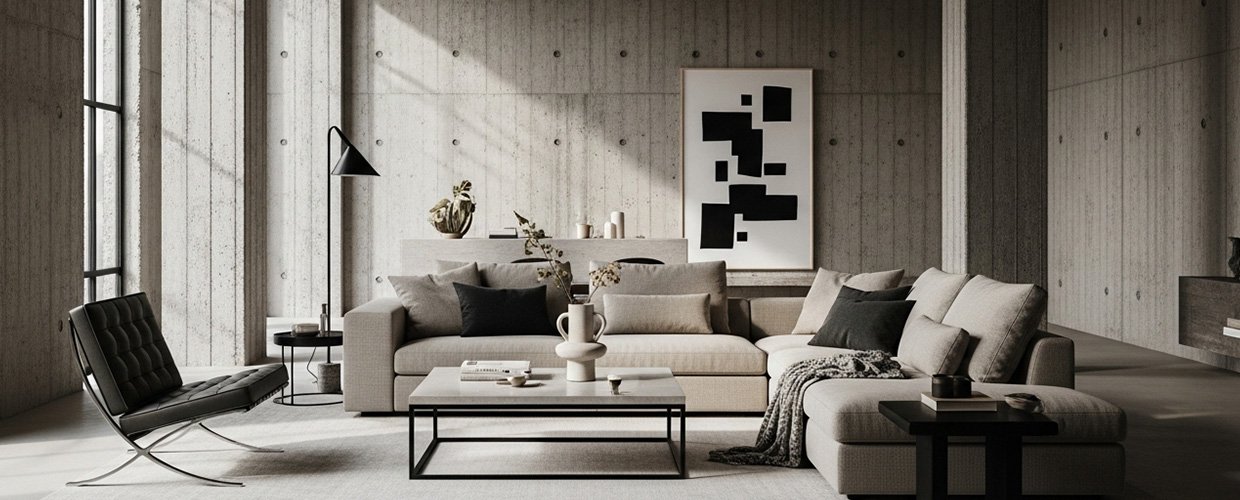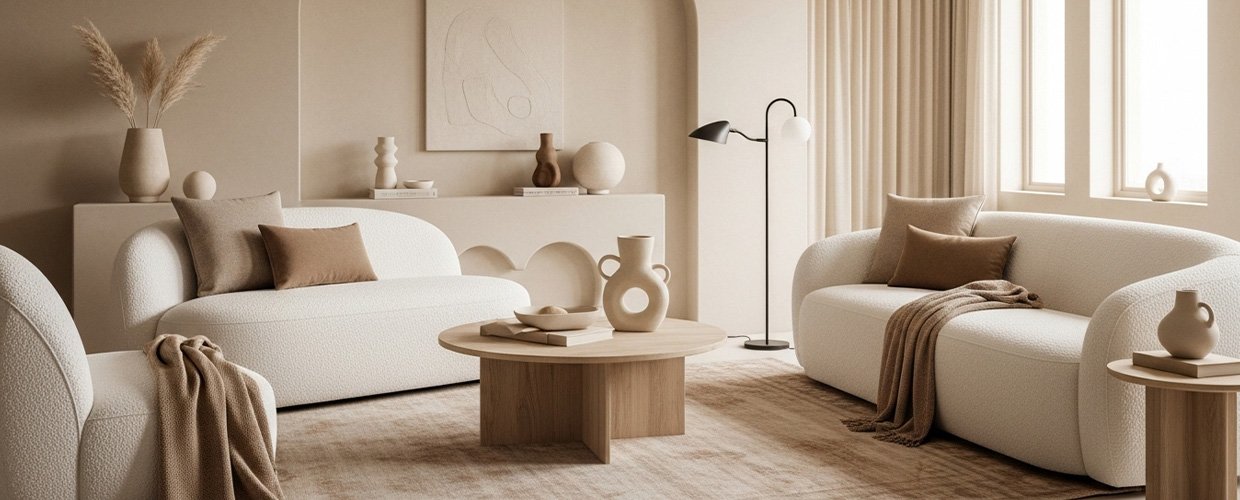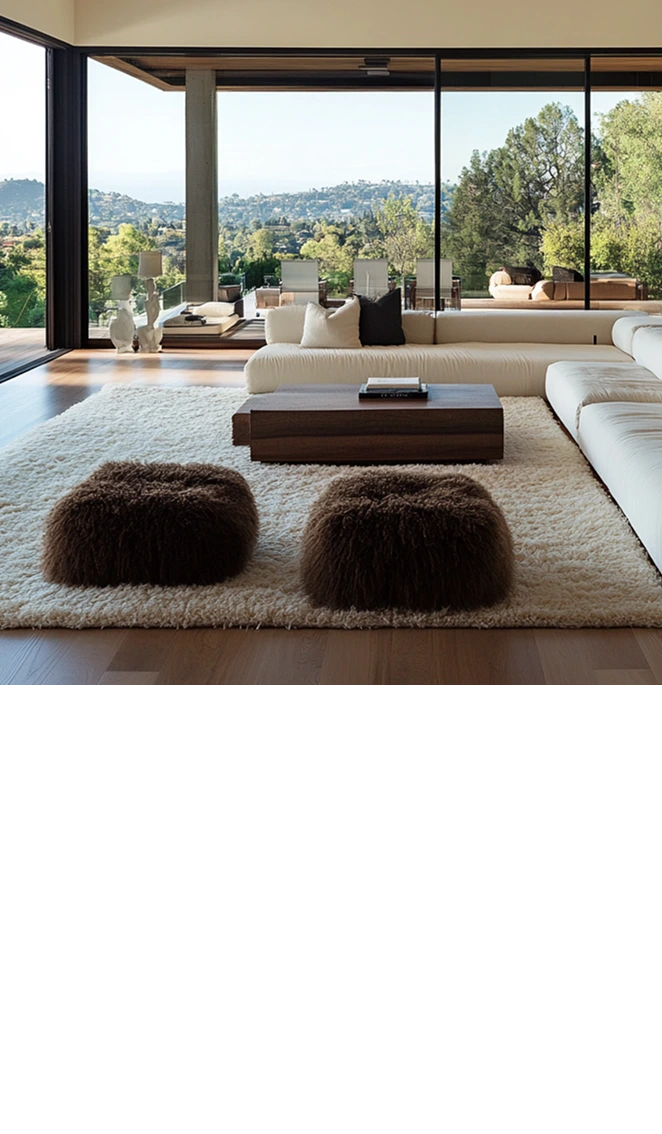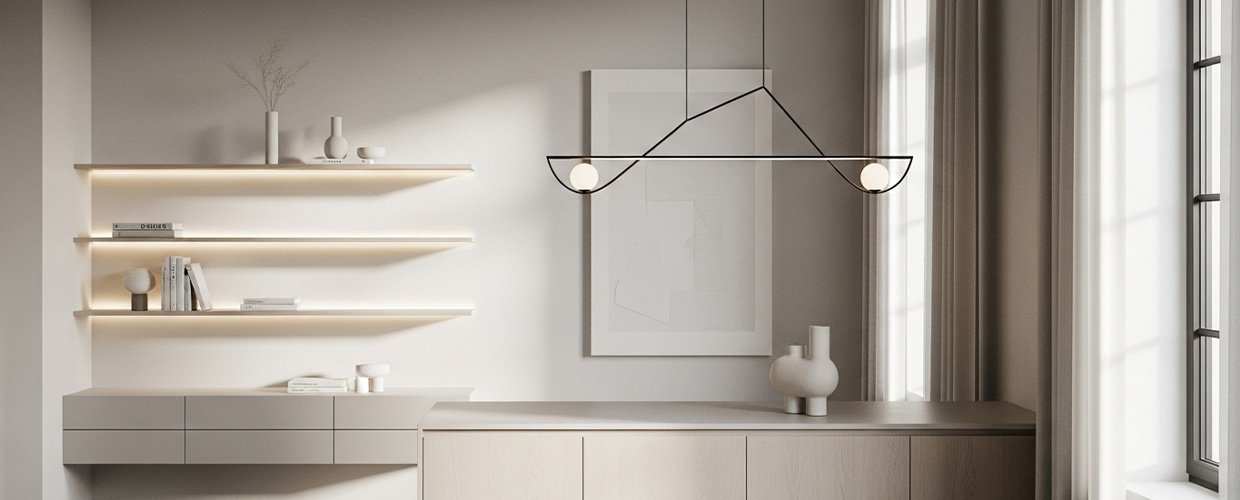
July 18, 2025
Lighting in Minimalist Spaces: Strategies to Maximize Natural and Artificial Light in Minimalist Interior Designs
In the world of minimalist interior design, lighting plays a pivotal role in defining the ambiance and functionality of a space. Minimalism thrives on simplicity, clean lines, and a clutter-free environment, making the strategic use of light essential to enhance these qualities. Whether through expansive windows that invite natural light or carefully positioned artificial light sources, the right lighting strategies can transform a minimalist space from bland to breathtaking. This article explores the intricate balance between natural and artificial lighting, offering expert strategies for maximizing both to complement minimalist interiors. By understanding how light interacts with color, texture, and space, homeowners and designers can create serene, functional environments that reflect the minimalist ethos. From the selection of light fixtures that blend seamlessly into the decor to the use of reflective surfaces that amplify natural light, these strategies will equip you with the tools to optimize lighting in minimalist designs. Let’s delve into how lighting can be leveraged to enhance the aesthetic and practical aspects of minimalist living.
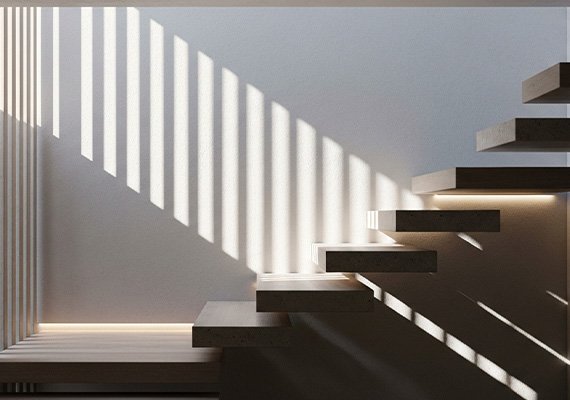
The essence of minimalist design lies in its ability to create a sense of calm and order, and lighting is a crucial component in achieving this. Natural light is an invaluable asset in minimalist spaces, providing warmth and enhancing the perception of space. To maximize natural light, consider the orientation of your windows and the use of sheer curtains or blinds that allow light to filter through while maintaining privacy. Large, unobstructed windows can serve as a focal point, drawing the eye outward and creating a seamless transition between the indoor and outdoor environments. Reflective surfaces, such as mirrors and glossy finishes, can further amplify natural light, making spaces feel larger and more open. On the other hand, artificial lighting in minimalist interiors should be subtle yet effective, providing adequate illumination without overwhelming the space. Opt for recessed lighting or track lighting that can be directed to highlight specific areas or features. The choice of light fixtures should align with the minimalist aesthetic; think of sleek, understated designs with clean lines and neutral colors. Additionally, consider the use of dimmers to adjust the lighting intensity according to the time of day and the mood you wish to create. By thoughtfully integrating natural and artificial lighting, minimalist spaces can be both aesthetically pleasing and highly functional.
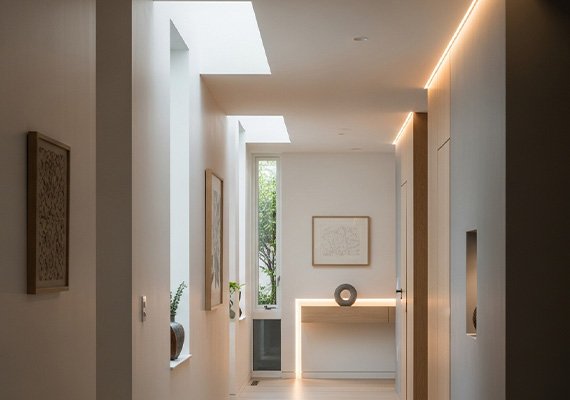
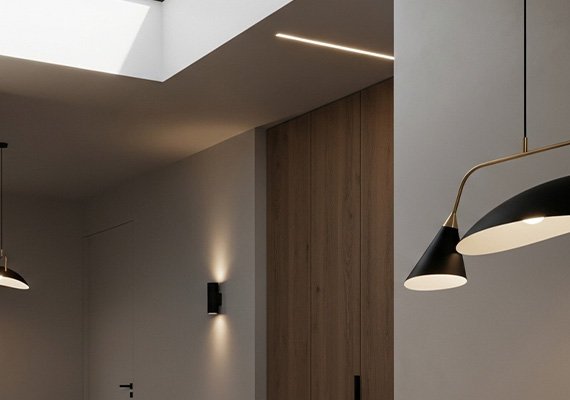
In minimalist interior design, the strategic use of lighting is not just an aesthetic choice but a functional necessity. Key takeaways from our exploration into lighting strategies for minimalist spaces include the importance of maximizing natural light through large windows, reflective surfaces, and strategic placement of sheer curtains. These elements not only enhance the perception of space but also infuse the interiors with a warm, inviting glow. The integration of artificial lighting should be deliberate, with a focus on subtlety and functionality. Choosing minimalist light fixtures that blend with the decor and utilizing adjustable lighting options like dimmers can help tailor the ambiance to fit different times of day and activities. Moreover, understanding the interplay between light, color, and texture is crucial in creating a harmonious minimalist environment. By applying these strategies, you can achieve a balance between form and function, creating spaces that are not only visually appealing but also offer comfort and practicality. As you consider your lighting options, remember that the goal is to enhance the minimalist aesthetic while ensuring the space meets your everyday needs.
TRENDING NOW


